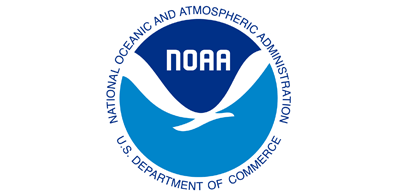The Influence of Freshwater Algal Blooms on the Fate of Anthropogenic Particulate Pollutants
Lake Erie, like many freshwater lentic ecosystems, is under threat from microplastics pollution and increasing prevalence of harmful algal blooms. Lake Erie has the highest concentrations of microplastic contaminants of all the Laurentian Great Lakes. In particular, very small microplastics (< 333 microns) have been under sampled and likely exist at higher concentrations than have been previously reported. Individually, very small particles can remain suspended within the water column almost indefinitely due to their extremely slow settling velocity and convective mixing in the water column. Algae exist in large abundances in Lake Erie and all types readily aggregate with each other and suspended particulate matter to form larger particle aggregates. Once aggregated, these larger particle assemblages settle out of the water column at much higher rates than individual particles, providing a means for very small microplastics to be exported to benthic ecosystems. Due to their high concentrations of algae, harmful algal blooms may accelerate the removal of these microplastics from the water column and their deposition in benthic sediment. The capacity for algae to aggregate with small microplastic particles is currently not well understood, nor does the knowledge exist to predict the aggregation rates of these particle populations. Aggregation experiments will be performed using cultured Microcystis Aeruginosa and Aulacoseira Islandica in addition to a variety of microplastic particles and sediment particles relevant to coastal Lake Erie. Cohesion probabilities as a function of algae growth stage and particle concentration will be measured. In collaboration with the Regional Science Consortium at Presque Isle, water samples will be collected from Presque Isle Bay and analyzed for algae and microplastics content during summer months when harmful algal blooms are likely. The aggregation state of particles in the Bay will be evaluated using a deployable particle imaging microscope during the second year of these field activities.



